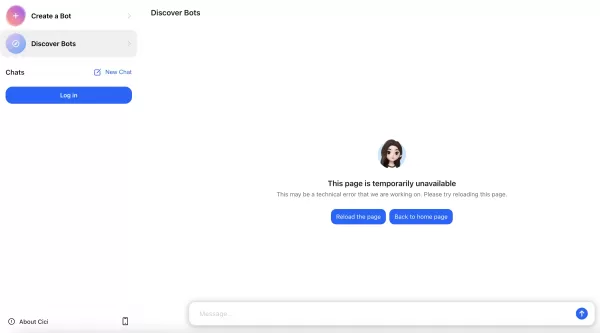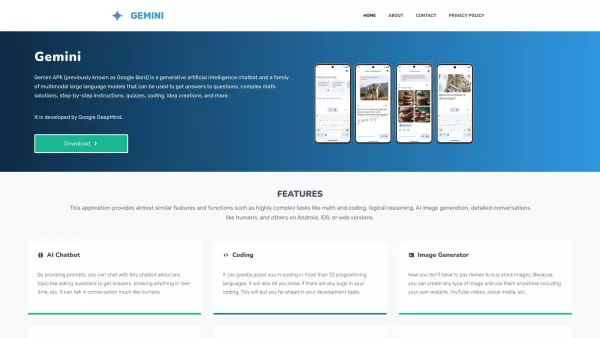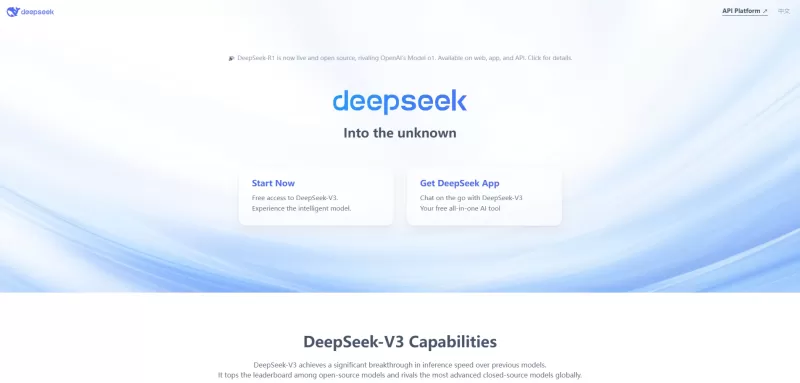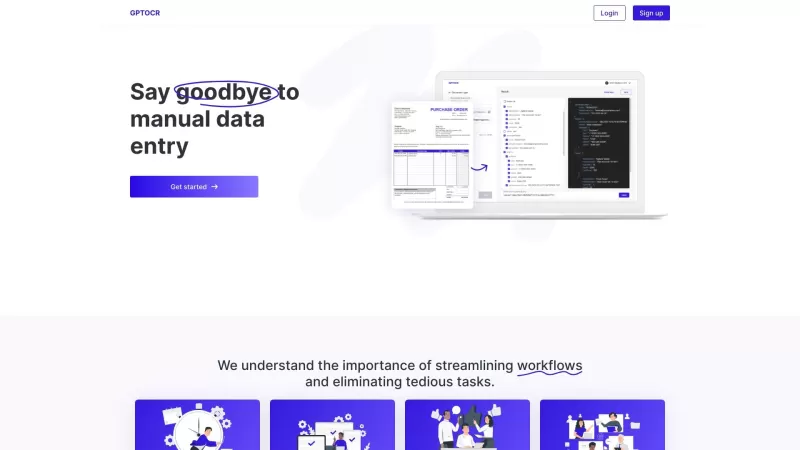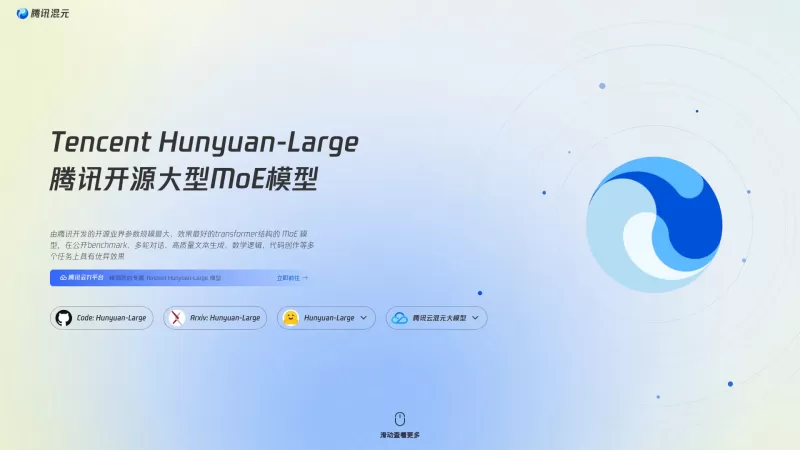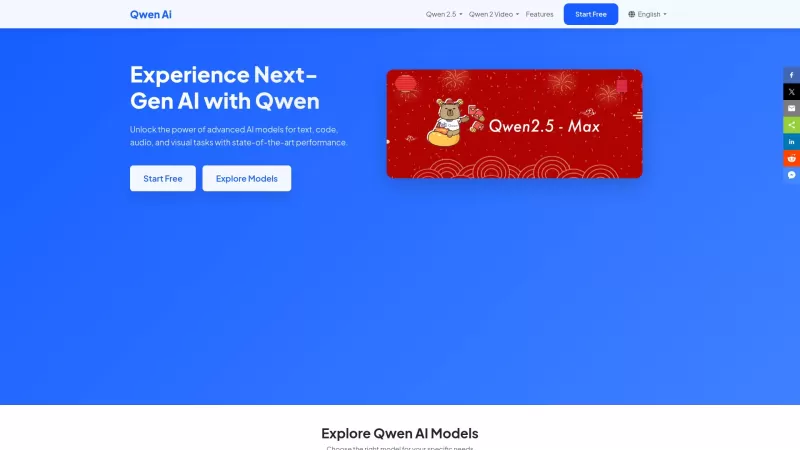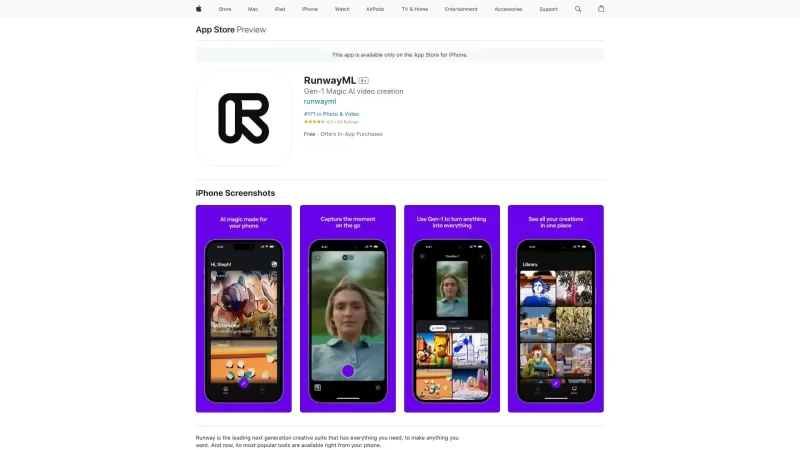AI's Next Frontier: How Silicon Is Shaping the Future of Sentience and Human Cognition

Throughout history, human civilization has undergone continuous transformation – not just geographically, but intellectually and professionally. Each technological breakthrough has demanded fundamental shifts in how we work and think: transitioning from agricultural labor to industrial production, from manual exertion to mechanical power, from physical processes to digital interfaces. These revolutions didn't merely alter job descriptions; they transformed our very sense of identity and what we consider valuable contributions.
The Great Displacement: When Horses Lost Their Jobs
A striking historical parallel emerges from America's transportation revolution. At the dawn of the 20th century, over 13,000 companies manufactured horse-drawn carriages. Within thirty years, fewer than 100 survived. This wasn't just technological obsolescence—it represented societal upheaval affecting millions of livelihoods, disappearing trades, urban redesign, and the birth of continental mobility. Technological progress arrives unannounced and unforgiving.
The Cognitive Migration: Our Current Challenge
Today's AI revolution presents perhaps our most profound transition yet—not physical relocation, but mental repurposing. As machines master analytical tasks with increasing sophistication, humans must pivot toward domains where our creativity, emotional intelligence, and moral reasoning retain competitive advantages.
IBM's Watershed Moment: Defining the Cognitive Era
At a pivotal 2015 industry conference, IBM's leadership announced the dawn of what they termed the Cognitive Era. This wasn't mere marketing—it signaled a fundamental shift from rule-based programming to systems capable of learning, adapting, and improving autonomously through machine learning and natural language processing.
IBM's Watson technology exemplified this transition. Far beyond its Jeopardy! victory, Watson promised to augment human expertise—helping doctors analyze medical research or lawyers parse legal precedents. Crucially, IBM framed this not as AI replacing humans, but as "augmented intelligence" enhancing human capabilities.
Historical Frameworks: Previous Workforce Transformations
The Industrial Revolution: From Farms to Factories
The late 18th century's technological leap pulled millions from agrarian lifestyles into mechanized urban centers. This first great migration didn't just change workplaces—it reshaped identities, social structures, and concepts of productivity itself. Traditional crafts gave way to assembly-line specialization, requiring new institutions from public education to labor unions.
The Digital Revolution: From Physical to Virtual
Mid-20th century computing initiated our second great migration—from mechanical to knowledge work. I witnessed this transition firsthand early in my tech career, observing how spreadsheets and databases revolutionized business analysis. The computer became the new tool of productivity, creating hierarchies based on digital literacy rather than manual skill.
The Accelerating Pace of Change
Each technological migration has occurred at exponentially faster rates:
- Industrial transition: ~100 years
- Digital transformation: ~30 years
- AI integration: ~5 years
This acceleration mirrors computing's own evolution—from sequential CPU processing to parallel GPU architectures powering today's AI systems. Where workers once adapted across generations, we now face career-spanning reinventions.
The Existential Dimension
Our current challenge extends beyond skill acquisition. As AI masters cognitive tasks we long considered uniquely human—language, pattern recognition, even creative composition—we must discover and cultivate those irreducible human qualities that resist automation: ethical discernment, emotional intelligence, and the creation of meaning.
This migration differs fundamentally from its predecessors. Where prior transitions asked us to adapt our hands or minds, this one demands we redefine our humanity itself—discovering value beyond mere productivity in an era when artificial intelligence forces us to confront what authentic intelligence truly means.
Related article
 Unlock Startup Growth Secrets with Chef Robotics, NEA, and ICONIQ at TechCrunch Disrupt 2025
Discovering product-market fit isn't a checkbox - it's an exhilarating, high-stakes rollercoaster. At TechCrunch Disrupt 2025, you'll hear battle-tested wisdom from a founder who survived the journey and two investors who've propelled startups to bre
Unlock Startup Growth Secrets with Chef Robotics, NEA, and ICONIQ at TechCrunch Disrupt 2025
Discovering product-market fit isn't a checkbox - it's an exhilarating, high-stakes rollercoaster. At TechCrunch Disrupt 2025, you'll hear battle-tested wisdom from a founder who survived the journey and two investors who've propelled startups to bre
 OpenAI Introduces Flex Processing for Affordable AI Tasks with Reduced Speed
OpenAI Introduces Cost-Saving Flex Processing for AI ModelsIn a strategic move to enhance its competitive position, OpenAI has unveiled Flex processing - a new API tier that offers significantly reduced pricing in exchange for variable performance ch
OpenAI Introduces Flex Processing for Affordable AI Tasks with Reduced Speed
OpenAI Introduces Cost-Saving Flex Processing for AI ModelsIn a strategic move to enhance its competitive position, OpenAI has unveiled Flex processing - a new API tier that offers significantly reduced pricing in exchange for variable performance ch
 Apple Plans to Open Local AI Models for Third-Party App Integration
Apple to Open Access to AI Models for Developers
Tech giant Apple is preparing to grant developers access to the core AI technology powering its Apple Intelligence features, according to Bloomberg sources. The company plans to initially release an S
Comments (0)
0/200
Apple Plans to Open Local AI Models for Third-Party App Integration
Apple to Open Access to AI Models for Developers
Tech giant Apple is preparing to grant developers access to the core AI technology powering its Apple Intelligence features, according to Bloomberg sources. The company plans to initially release an S
Comments (0)
0/200

Throughout history, human civilization has undergone continuous transformation – not just geographically, but intellectually and professionally. Each technological breakthrough has demanded fundamental shifts in how we work and think: transitioning from agricultural labor to industrial production, from manual exertion to mechanical power, from physical processes to digital interfaces. These revolutions didn't merely alter job descriptions; they transformed our very sense of identity and what we consider valuable contributions.
The Great Displacement: When Horses Lost Their Jobs
A striking historical parallel emerges from America's transportation revolution. At the dawn of the 20th century, over 13,000 companies manufactured horse-drawn carriages. Within thirty years, fewer than 100 survived. This wasn't just technological obsolescence—it represented societal upheaval affecting millions of livelihoods, disappearing trades, urban redesign, and the birth of continental mobility. Technological progress arrives unannounced and unforgiving.
The Cognitive Migration: Our Current Challenge
Today's AI revolution presents perhaps our most profound transition yet—not physical relocation, but mental repurposing. As machines master analytical tasks with increasing sophistication, humans must pivot toward domains where our creativity, emotional intelligence, and moral reasoning retain competitive advantages.
IBM's Watershed Moment: Defining the Cognitive Era
At a pivotal 2015 industry conference, IBM's leadership announced the dawn of what they termed the Cognitive Era. This wasn't mere marketing—it signaled a fundamental shift from rule-based programming to systems capable of learning, adapting, and improving autonomously through machine learning and natural language processing.
IBM's Watson technology exemplified this transition. Far beyond its Jeopardy! victory, Watson promised to augment human expertise—helping doctors analyze medical research or lawyers parse legal precedents. Crucially, IBM framed this not as AI replacing humans, but as "augmented intelligence" enhancing human capabilities.
Historical Frameworks: Previous Workforce Transformations
The Industrial Revolution: From Farms to Factories
The late 18th century's technological leap pulled millions from agrarian lifestyles into mechanized urban centers. This first great migration didn't just change workplaces—it reshaped identities, social structures, and concepts of productivity itself. Traditional crafts gave way to assembly-line specialization, requiring new institutions from public education to labor unions.
The Digital Revolution: From Physical to Virtual
Mid-20th century computing initiated our second great migration—from mechanical to knowledge work. I witnessed this transition firsthand early in my tech career, observing how spreadsheets and databases revolutionized business analysis. The computer became the new tool of productivity, creating hierarchies based on digital literacy rather than manual skill.
The Accelerating Pace of Change
Each technological migration has occurred at exponentially faster rates:
- Industrial transition: ~100 years
- Digital transformation: ~30 years
- AI integration: ~5 years
This acceleration mirrors computing's own evolution—from sequential CPU processing to parallel GPU architectures powering today's AI systems. Where workers once adapted across generations, we now face career-spanning reinventions.
The Existential Dimension
Our current challenge extends beyond skill acquisition. As AI masters cognitive tasks we long considered uniquely human—language, pattern recognition, even creative composition—we must discover and cultivate those irreducible human qualities that resist automation: ethical discernment, emotional intelligence, and the creation of meaning.
This migration differs fundamentally from its predecessors. Where prior transitions asked us to adapt our hands or minds, this one demands we redefine our humanity itself—discovering value beyond mere productivity in an era when artificial intelligence forces us to confront what authentic intelligence truly means.
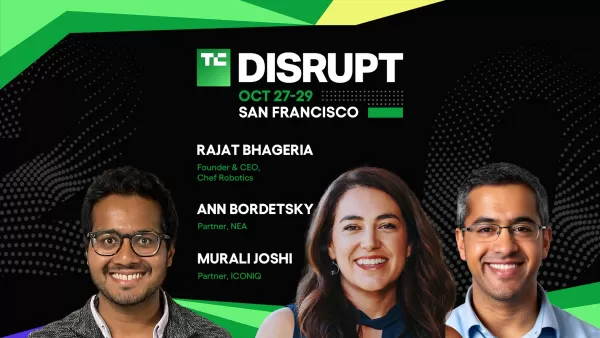 Unlock Startup Growth Secrets with Chef Robotics, NEA, and ICONIQ at TechCrunch Disrupt 2025
Discovering product-market fit isn't a checkbox - it's an exhilarating, high-stakes rollercoaster. At TechCrunch Disrupt 2025, you'll hear battle-tested wisdom from a founder who survived the journey and two investors who've propelled startups to bre
Unlock Startup Growth Secrets with Chef Robotics, NEA, and ICONIQ at TechCrunch Disrupt 2025
Discovering product-market fit isn't a checkbox - it's an exhilarating, high-stakes rollercoaster. At TechCrunch Disrupt 2025, you'll hear battle-tested wisdom from a founder who survived the journey and two investors who've propelled startups to bre
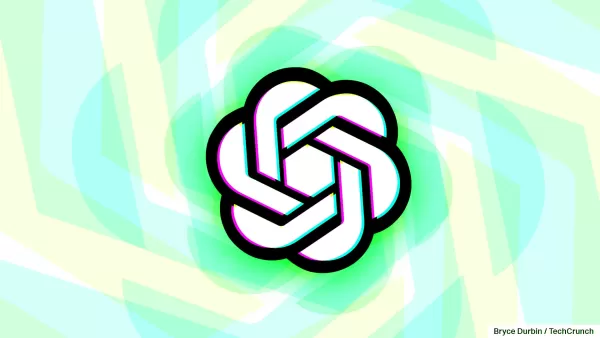 OpenAI Introduces Flex Processing for Affordable AI Tasks with Reduced Speed
OpenAI Introduces Cost-Saving Flex Processing for AI ModelsIn a strategic move to enhance its competitive position, OpenAI has unveiled Flex processing - a new API tier that offers significantly reduced pricing in exchange for variable performance ch
OpenAI Introduces Flex Processing for Affordable AI Tasks with Reduced Speed
OpenAI Introduces Cost-Saving Flex Processing for AI ModelsIn a strategic move to enhance its competitive position, OpenAI has unveiled Flex processing - a new API tier that offers significantly reduced pricing in exchange for variable performance ch
 Apple Plans to Open Local AI Models for Third-Party App Integration
Apple to Open Access to AI Models for Developers
Tech giant Apple is preparing to grant developers access to the core AI technology powering its Apple Intelligence features, according to Bloomberg sources. The company plans to initially release an S
Apple Plans to Open Local AI Models for Third-Party App Integration
Apple to Open Access to AI Models for Developers
Tech giant Apple is preparing to grant developers access to the core AI technology powering its Apple Intelligence features, according to Bloomberg sources. The company plans to initially release an S

